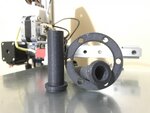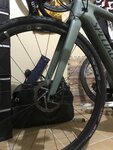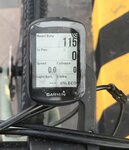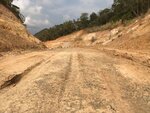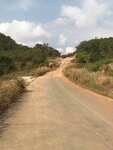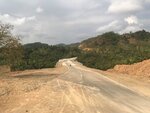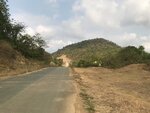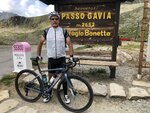Blackvipergts,
I'm in about the same situation as you but my heart attack was 2 years ago now. I used to ride a Roubaix about 5,000 k/year
I got the Vado initially and it has great power/support if you can't deliver much yourself.
I have been getting better so my power is up a bit now. The Creo will be my next bike when/if I can get one here.
I would say if you can deliver 90w of power or more for your required heart rate max then the Creo is perfect.
I measure on my Tacx trainer that has a power monitor function. Probably not the most accurate but at least it's an indication.
Immediately after my heart/stents, I could only do about 50w for a max of 10 min. At that point, I used the new Vado at high/full support to at least get out.
After a few months, I was able to do about 75w and could do hour long rides with low to medium support.
At the end of last season (2 years post heart attack), I was able to sustain 90w with peaks of about 125w as measured on the Vado power meter.
I test rode the Creo and found that my current abilities made it that riding the Creo at max support was faster/easier than my Roubaix before my issues started.
So I think the Creo is perfect for me now.
If you can test your power then this might give you some guidance about the support the Creo can give.


